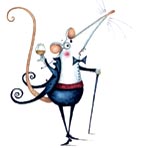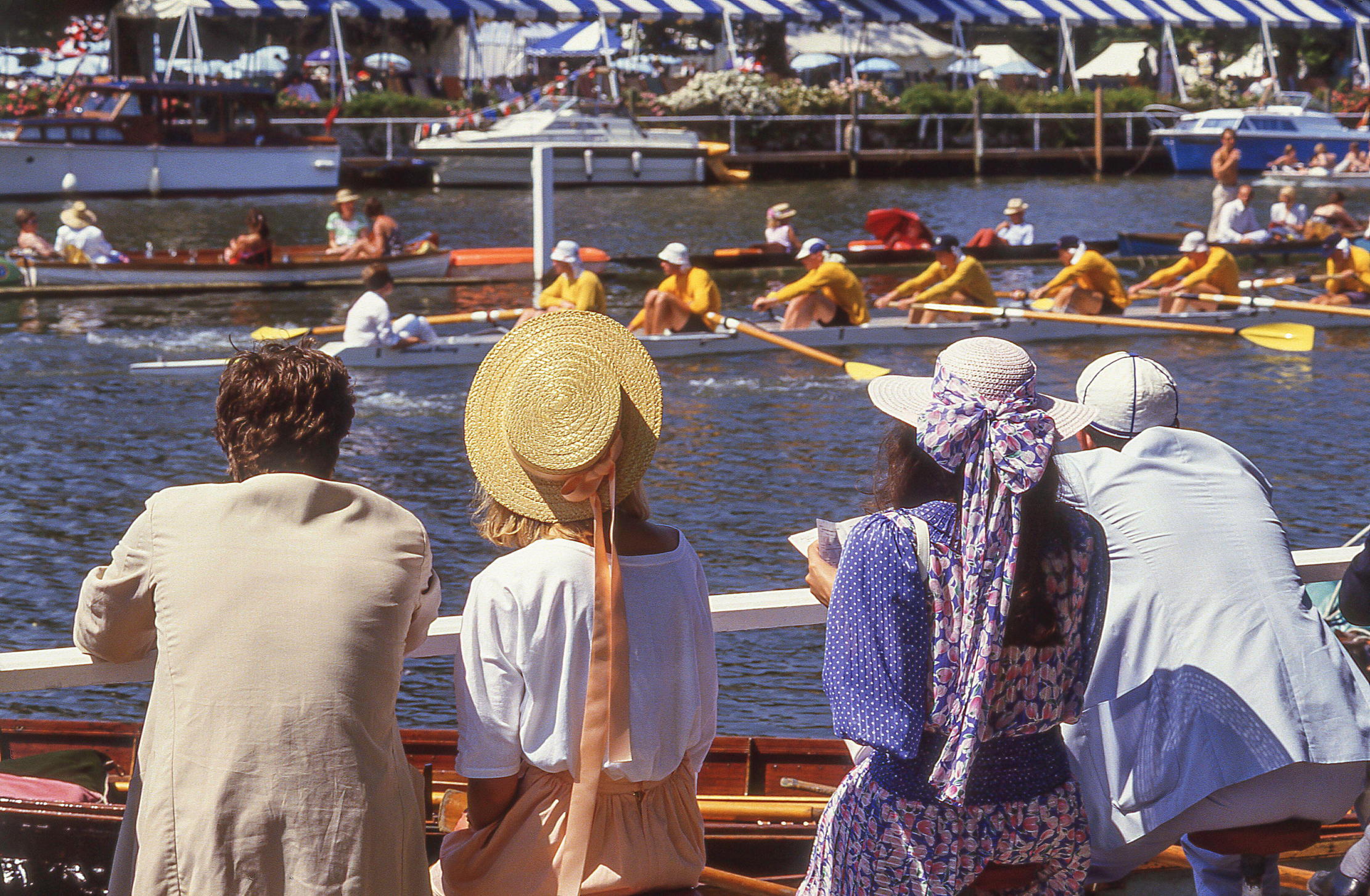Town mouse visits Surrey
Prime Arts & Crafts territory, Surrey is still home to village choirs started as part of that movement


Friday evening saw us hurrying for a train to Dorking, to hear the choirs of the Leith Hill Music Festival. The festival was founded in 1905, as part of the Arts-and-Crafts effort to rekindle communal life in depopulating villages-akin to the movement that would soon begin to construct village halls.
As any admirer of Gertrude Jekyll and Edwin Lutyens knows, the Surrey Hills were prime Arts-and-Crafts territory, but they weren't alone as a site for a festival for village choirs; 16 were in existence by the First World War. But where others have faded, Leith Hill continues to thrive.It maintains its edge by a competition in different disciplines between choirs; this year, Holmbury St Mary swept the board.
A statue of Ralph Vaughan-Williams stands outside the Dorking Halls. Brought up at Leith Hill Place, he conducted the festival from its inception until 1953. Friday's concert featured Brahms's German Requiem, in which the orchestral accom-paniment was replaced by four hands at the piano, in a setting-recently discovered-scored by Brahms himself.
Whatever the benefits of economy, it also allows the choir to be heard with greater clarity. Congratulations to the pianists Alan Brown and Jean Douglas Tutt; how they kept their fingers from getting intertwined, I'll never know.
* Subscribe to Country Life and save £40%
Sign up for the Country Life Newsletter
Exquisite houses, the beauty of Nature, and how to get the most from your life, straight to your inbox.
Country Life is unlike any other magazine: the only glossy weekly on the newsstand and the only magazine that has been guest-edited by HRH The King not once, but twice. It is a celebration of modern rural life and all its diverse joys and pleasures — that was first published in Queen Victoria's Diamond Jubilee year. Our eclectic mixture of witty and informative content — from the most up-to-date property news and commentary and a coveted glimpse inside some of the UK's best houses and gardens, to gardening, the arts and interior design, written by experts in their field — still cannot be found in print or online, anywhere else.
-
 380 acres and 90 bedrooms on the £25m private island being sold by one of Britain's top music producers
380 acres and 90 bedrooms on the £25m private island being sold by one of Britain's top music producersStormzy, Rihanna and the Rolling Stones are just a part of the story at Osea Island, a dot on the map in the seas off Essex.
By Lotte Brundle
-
 'A delicious chance to step back in time and bask in the best of Britain': An insider's guide to The Season
'A delicious chance to step back in time and bask in the best of Britain': An insider's guide to The SeasonHere's how to navigate this summer's top events in style, from those who know best.
By Madeleine Silver